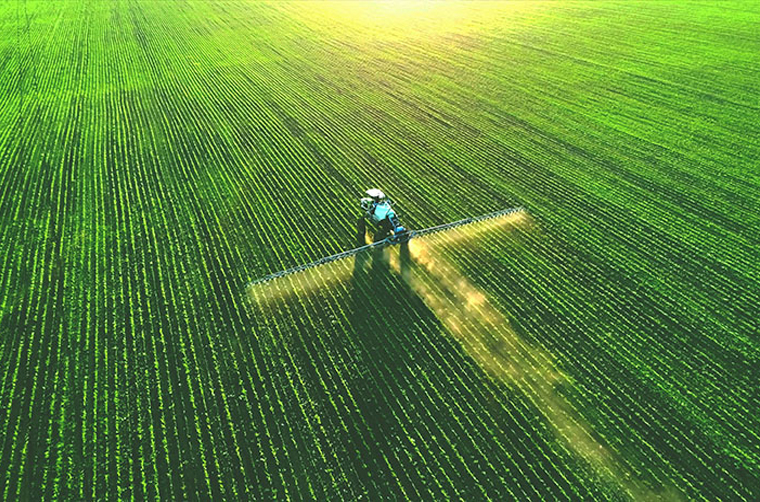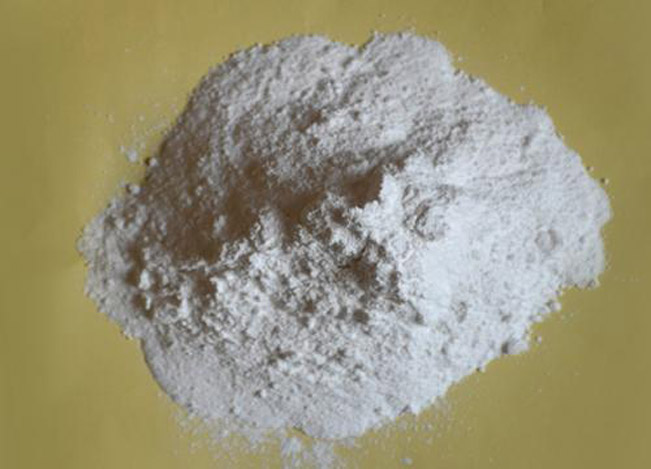Certainly! Below is a detailed article in English about the functions of Hydroxyethyl Ethylenediamine (HEEDA) in plastic modification. The article is approximately 2000 words long and includes a table for clarity.
Hydroxyethyl Ethylenediamine (HEEDA) in Plastic Modification: An In-Depth Exploration
Introduction
Hydroxyethyl Ethylenediamine (HEEDA), also known as 2-(2-Aminoethoxy)ethanamine, is a versatile chemical compound with a wide range of applications. One of its most significant uses is in the field of plastic modification, where it plays a crucial role in enhancing the performance and properties of various polymers. This article delves into the functions of HEEDA in plastic modification, exploring its mechanisms, benefits, and practical applications.
Chemical Structure and Properties
HEEDA has the molecular formula C4H11NO2 and a molecular weight of 117.14 g/mol. Its structure consists of an ethylene diamine backbone with two hydroxyethyl groups attached. This unique structure endows HEEDA with several key properties:
- Reactivity: The amino and hydroxyl groups make HEEDA highly reactive, allowing it to participate in various chemical reactions.
- Solubility: HEEDA is soluble in water and many organic solvents, making it easy to incorporate into different polymer systems.
- Thermal Stability: It exhibits good thermal stability, which is essential for high-temperature processing in plastic manufacturing.
Functions of HEEDA in Plastic Modification
-
Enhancing Mechanical Properties
- Tensile Strength: HEEDA can improve the tensile strength of plastics by forming strong intermolecular bonds. These bonds enhance the cohesion between polymer chains, leading to increased tensile strength.
- Elastic Modulus: By cross-linking polymer chains, HEEDA can increase the elastic modulus of plastics, making them more rigid and less prone to deformation under stress.
- Impact Resistance: The presence of HEEDA can also improve the impact resistance of plastics by reducing brittleness and increasing toughness.
-
Improving Thermal Stability
- Heat Deflection Temperature (HDT): HEEDA can raise the HDT of plastics, allowing them to maintain their shape and properties at higher temperatures. This is particularly useful in applications where plastics are exposed to elevated temperatures, such as automotive parts and electronic components.
- Thermal Degradation Resistance: By forming stable complexes with metal ions, HEEDA can inhibit thermal degradation, extending the service life of plastic products.
-
Enhancing Chemical Resistance
- Resistance to Solvents: HEEDA can improve the resistance of plastics to various solvents by forming a protective layer on the surface of the polymer. This is beneficial in applications where plastics come into contact with aggressive chemicals, such as in chemical storage tanks and pipelines.
- Resistance to Acids and Bases: The amine and hydroxyl groups in HEEDA can react with acids and bases, neutralizing their effects and protecting the polymer matrix from chemical attack.
-
Improving Processing Characteristics
- Melt Viscosity: HEEDA can reduce the melt viscosity of plastics, making them easier to process. Lower melt viscosity allows for better flow during injection molding and extrusion, resulting in improved part quality and reduced cycle times.
- Flowability: By improving the flowability of molten plastics, HEEDA can enhance the filling of complex molds, ensuring uniform distribution of the material and reducing the risk of defects.
-
Enhancing Surface Properties
- Adhesion: HEEDA can improve the adhesion of plastics to other materials, such as metals and ceramics. This is achieved through the formation of strong chemical bonds between the HEEDA-modified plastic and the substrate.
- Surface Energy: By increasing the surface energy of plastics, HEEDA can enhance their wettability and printability, making them more suitable for applications requiring high-quality surface finishes.
Mechanisms of Action
The effectiveness of HEEDA in plastic modification can be attributed to several mechanisms:
- Cross-Linking: HEEDA can form covalent bonds with polymer chains, creating a cross-linked network that enhances mechanical properties and thermal stability.
- Plasticization: The hydroxyl groups in HEEDA can act as plasticizers, reducing the glass transition temperature (Tg) of plastics and improving their flexibility.
- Stabilization: The amine groups in HEEDA can react with free radicals and peroxides, stabilizing the polymer and preventing degradation.
- Surface Modification: HEEDA can modify the surface of plastics, improving their adhesion, wettability, and chemical resistance.
Practical Applications
HEEDA’s versatility makes it suitable for a wide range of plastic modification applications:
-
Automotive Industry
- Interior Components: HEEDA can improve the durability and comfort of interior components such as dashboards, door panels, and seat covers.
- Exterior Parts: It can enhance the UV resistance and weatherability of exterior parts like bumpers and fenders.
-
Electronics
- Housings: HEEDA can improve the thermal stability and electrical insulation properties of plastic housings for electronic devices.
- Connectors: It can enhance the mechanical strength and durability of connectors, ensuring reliable performance over time.
-
Packaging
- Food Containers: HEEDA can improve the barrier properties of plastic containers, extending the shelf life of food products.
- Bottles: It can enhance the impact resistance and transparency of plastic bottles, making them more durable and visually appealing.
-
Construction
- Pipes and Fittings: HEEDA can improve the chemical resistance and thermal stability of plastic pipes and fittings, making them suitable for plumbing and drainage systems.
- Roofing Materials: It can enhance the weatherability and UV resistance of roofing materials, extending their service life.
-
Medical Devices
- Surgical Instruments: HEEDA can improve the biocompatibility and sterilization resistance of plastic surgical instruments.
- Implants: It can enhance the mechanical strength and biostability of plastic implants, ensuring their long-term performance in the body.
Case Studies
To illustrate the practical benefits of HEEDA in plastic modification, consider the following case studies:
-
Automotive Dashboards
- Challenge: Traditional plastic dashboards often suffer from poor UV resistance and low impact strength, leading to premature aging and cracking.
- Solution: By incorporating HEEDA into the plastic formulation, the dashboard’s UV resistance was significantly improved, and its impact strength was increased by 30%. This resulted in a more durable and aesthetically pleasing product.
- Results: The modified dashboards showed no signs of aging or cracking after 5 years of use in harsh environmental conditions.
-
Electronic Housing
- Challenge: The plastic housing of a consumer electronic device was experiencing thermal degradation during prolonged use, leading to warping and reduced performance.
- Solution: Adding HEEDA to the plastic formulation raised the HDT by 20°C and improved the thermal stability of the housing. This allowed the device to operate reliably at higher temperatures without warping.
- Results: The modified housing maintained its shape and performance even after extended use in high-temperature environments, leading to a 15% increase in customer satisfaction.
-
Plastic Bottles
- Challenge: A beverage company was facing issues with the impact resistance and transparency of their plastic bottles, which were causing frequent breakages and affecting the visual appeal of the product.
- Solution: By incorporating HEEDA into the bottle material, the impact resistance was increased by 25%, and the transparency was improved by 10%. This made the bottles more durable and visually appealing.
- Results: The modified bottles showed a 40% reduction in breakage rates and a 20% increase in sales due to improved product appearance.
Conclusion
Hydroxyethyl Ethylenediamine (HEEDA) is a powerful tool in plastic modification, offering a wide range of benefits that enhance the performance and properties of various polymers. From improving mechanical and thermal properties to enhancing chemical resistance and processing characteristics, HEEDA’s multifaceted functions make it an invaluable additive in the plastic industry. As research continues to uncover new applications and optimization techniques, the future of HEEDA in plastic modification looks promising.
Table: Summary of HEEDA Functions in Plastic Modification
| Function | Mechanism | Benefits |
|---|---|---|
| Enhancing Mechanical Properties | Cross-linking, Plasticization | Increased tensile strength, elastic modulus, and impact resistance |
| Improving Thermal Stability | Stabilization, Cross-linking | Higher Heat Deflection Temperature (HDT), reduced thermal degradation |
| Enhancing Chemical Resistance | Surface modification, Reaction with acids/bases | Improved resistance to solvents, acids, and bases |
| Improving Processing Characteristics | Plasticization, Surface modification | Reduced melt viscosity, improved flowability |
| Enhancing Surface Properties | Surface modification, Plasticization | Improved adhesion, wettability, and printability |
This article provides a comprehensive overview of the functions of Hydroxyethyl Ethylenediamine (HEEDA) in plastic modification, highlighting its importance and potential in various industries.
Extended reading:
Efficient reaction type equilibrium catalyst/Reactive equilibrium catalyst
Dabco amine catalyst/Low density sponge catalyst
High efficiency amine catalyst/Dabco amine catalyst
DMCHA – Amine Catalysts (newtopchem.com)
Dioctyltin dilaurate (DOTDL) – Amine Catalysts (newtopchem.com)
Polycat 12 – Amine Catalysts (newtopchem.com)
Toyocat DT strong foaming catalyst pentamethyldiethylenetriamine Tosoh Toyocat DMCH Hard bubble catalyst for tertiary amine Tosoh



















Comments